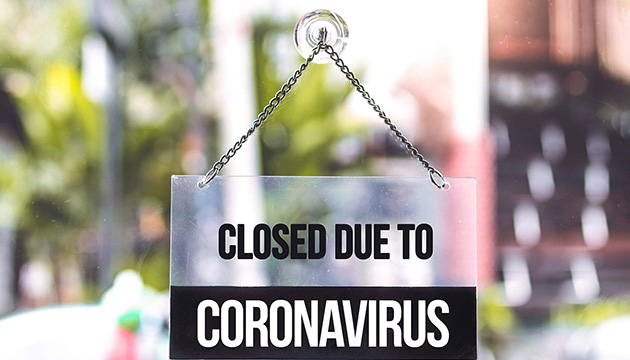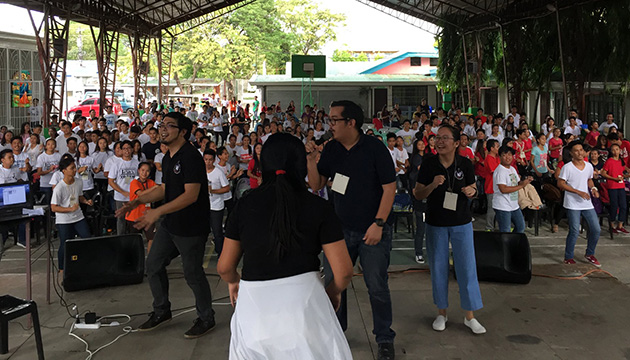(This is Part 13 of Dr. Pagtakhan’s column, Medisina at Politika, for Canadian Filipino.Net)
First, Overall update on disease and death toll
The world today (August 14) has surpassed 21 million cases and 761-thousand deaths from COVID-19, in less than 9 months of global circulation. USA, whose 331-million population constitute only 4.25% of the world’s 7.8-billion inhabitants, has hit 5.29 million patients – 25.00% of the global total – with deaths over 167,948 since the first reported on February 29. The latter translates to a daily average of 1,000 wholly preventable deaths. These numbers make the country the present epicenter. Canada’s cases and deaths come to 123,318 and 9,067, respectively; for the Philippines, the numbers come to 153,660 patients and 2,442 deceased. These figures reflect the contagiousness and lethality of this globe-trotting agent of disease and death.
Children in the Eye of the Pandemic Storm
Pediatricians Jason G Newland (Division of Infectious Diseases, Department of Pediatrics, Washington University School of Medicine in St Louis) and Kristina A. Bryant (President, Pediatric Infectious Diseases Society) penned for the June 2020 issue of JAMA Pediatrics the editorial ‘Children in the Eye of the Pandemic Storm – Lessons from New York City.” The city, they noted, was one of many locations which experienced hospitalization of many COVID-infected children.
This editorial, in particular, led me to review several published original reports from other countries, including the report by Dr. Philip Zachariah and his group from the Pediatrics Department at Columbia University Irving Medical Center in New York City. Also, I reviewed CDC’s (Centers for Disease Control and Prevention, USA) August 2020 - Guidelines it relates specifically to children. These reference materials helped inform my update on the theme for this issue. My choice of format for presentation (paragraphs A to E as shown below) is to facilitate understanding of the many facets of the disease among children.
A. Clinical picture
1. Common symptoms include fever, headache, sore throat, cough, fatigue, nausea/vomiting, and diarrhea. A small number of patients presented only with gastrointestinal symptoms.
2. The average number of days from onset of symptoms to hospitalization was 2 days
3. As many as 15% have no signs or symptoms of illness (asymptomatic)
4. At the New York City hospital, however, a third (32%) of the patients required oxygen therapy, half of whom also needed ventilator.
B. Accompanying infections and co-morbidities
1. Concomitant infection by other viruses only occurred in 8% of USA patients compared to much higher occurrence reported in earlier reports from medical centres elsewhere.
2. Those with underlying medical conditions (co-morbidities), like in adults, are at increased risk of severe illness. from the disease. Obesity has emerged as an important co-morbidity and was seen in 60% of the children characterized as having severe disease requiring intensive care and even a ventilator to help them breathe. Also, children with intellectual and developmental disabilities may be similarly affected.
C. Transmission of the virus among them
1. Children appear less likely to get the disease compared to adults (less than 7.0 % of reported cases) and generally have a less serious illness (less than 0.1% of COVID-19-related deaths).
2. The majority of infected children were infected by a family member. Half(52%) of the children at the New York hospital had known household contact with an adult with symptoms compatible with COVID-19.
3. Students are not as likely to transmit the virus to other students compared to household contacts.
4. The number of cases among them may vary by age and other factors.
- Adolescents aged 10-17 may be more likely to become infected than children younger than age 10, but adolescents do not appear to be at higher risk of developing severe illness.
- There are currently a higher proportion of cases among Hispanic/Latino children as compared to non-Hispanic white children. In other studies, as much 75% of the patients were of Afro-Caribbean descent. Care must be taken not to suggest inherent biological susceptibility; the disparities in health outcomes might be a result of poor access to health care due to financial reasons or living accommodations that make physical distancing difficult to do. That is, we should always acknowledge accompanying underlying factors that have put individuals at a given risk.
D. Sequelae after acute infection
1. A recent US Centers for Disease Control and Prevention health alert notes that cases of multisystem inflammatory syndrome in children associated with COVID-2019 have continued to rise, with more than 100 cases reported in New York State alone.
2. Investigators in London, England had described eight previously healthy children who were hospitalized with a severe inflammatory syndrome in whom blood test results for the COVID virus (serology tests) were positive, suggesting recent or past infection.
3. Although likely to be rare, the potential for post-infectious sequelae must be taken into account when discussing the burden of COVID virus infection in children.
4. This syndrome requires collaborative studies among many medical centers to better understand it.
E. Pandemic outcome beyond the infection and the disease
I began this piece for this issue with observations from the editorial of Drs. JG Newland and KA Bryant. Let me conclude with their observation and insightful question in said editorial:
“We also need to understand the association of the pandemic with adverse health outcomes in children beyond the consequences of viral infection. On May 15, 2020, the US Centers for Disease Control and Prevention reported a precipitous drop in the ordering and administration of pediatric vaccines. Are outbreaks of vaccine-preventable diseases on the horizon? That could be the next important chapter of the evolving COVID-19 story.”














